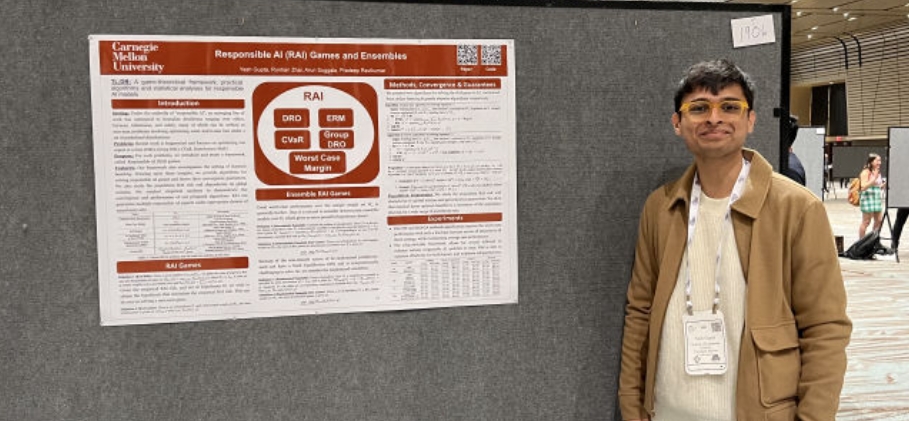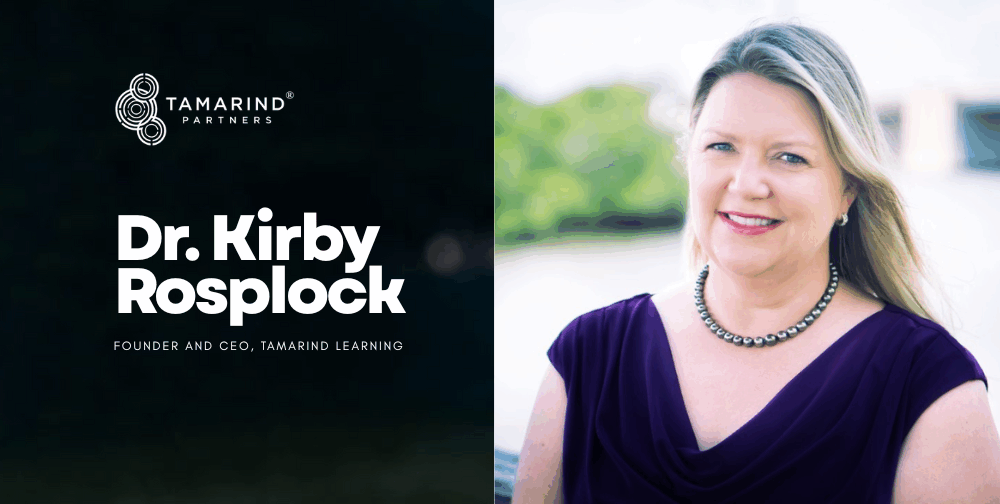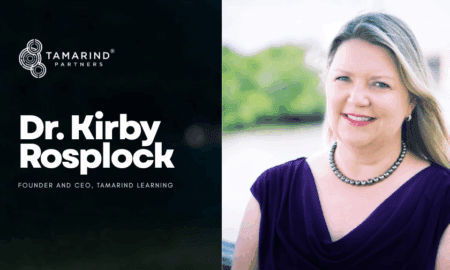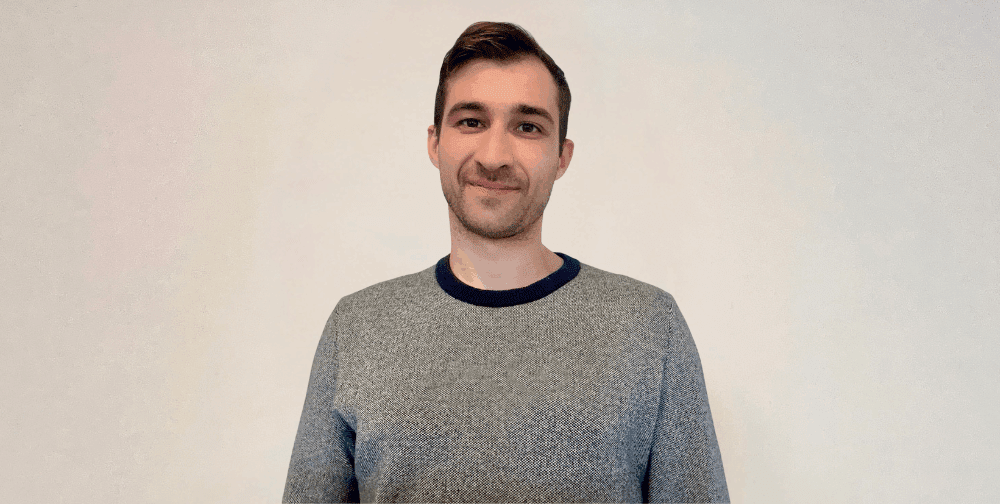In the race to build faster, smarter AI systems, one strategy continues to dominate: collect more data. But in environments where latency, cost, and reliability are non-negotiable, scaling volume doesn’t guarantee insight. Increasingly, the most resilient systems aren’t built on more; they’re built on better.
Yash Gupta, an AI & Finance researcher and contributing Google Scholar author in applied machine learning, has worked across domains where data deluge and time constraints collide. “You don’t always need more data,” Gupta explains. “You need models that know what to ignore.”
What Real-Time Systems and Medical Labs Have in Common
In many high-pressure environments—whether real-time diagnostics or edge inference pipelines—the illusion of abundance hides a deeper issue: most of the available data is either irrelevant or misleading. Engineers are increasingly forced to make strong inferences from weak, incomplete signals.
Gupta, who co-authored the IEEE paper “A Compressed Sensing Approach to Pooled RT-PCR Testing for COVID-19 Detection” notes that even in public health crises, the bottleneck isn’t always testing capacity—it’s inference under constraint. “That project taught me a lot about signal recovery when the system itself is under-resourced,” he says. “It was inference as triage.”
As a result, compression is becoming a core design principle. In fields like genomics, logistics, and emergency triage, inferential speed matters more than architectural scale. Selective attention, signal sparsity, and efficient encoding now define the performance frontier—not just parameter count.
When Pretraining Fails and Generalization Wins
Large pretrained models have reshaped the field, but even these giants stumble when applied to highly technical, multimodal, or niche settings. Gupta explored this challenge in his scholarly paper “The Effect of Pretraining on Extractive Summarization for Scientific Documents” where he found that model performance degraded significantly on domain-specific inputs.
“You can build a model with ten times the parameters,” he explains, “but if it’s attending to the wrong features, it’s just confidently wrong.”
This has shifted engineering priorities away from scaling and toward smart bottlenecks: better input curation, architecture pruning, and optimization for generalization instead of memorization. In many teams, improving model selectivity now drives more impact than brute-force scale.
Compression as a First Principle, Not a Hack
Across industries, compression is evolving from a late-stage optimization to a design-time constraint. Memory ceilings, latency budgets, and explainability demands require leaner inference pipelines—and more intentional signal engineering.
“Every system is a compression problem,” Gupta says. “If you don’t design for it, it breaks in production.”
From real-time financial analysis to on-device healthcare AI, the leading teams are those treating compression as a scientific constraint, not a technical tradeoff. This means rejecting surplus complexity in favor of sharp priors, architectural minimalism, and clarity in what the model is meant to forget.
What This Means for Industry Teams
For companies working in compliance-heavy markets, health infrastructure, or adaptive enterprise tools, the implications are clear. The future isn’t just in bigger models—it’s in better compression. The next leap forward will come from systems that know which signals matter, and are agile enough to discard the rest.
“We’re past the point where more data guarantees better outcomes,” Gupta concludes. “The real edge is knowing where not to look.”
As the AI industry pushes into 2025 and beyond, clarity—not capacity—may prove to be its most valuable asset.





























